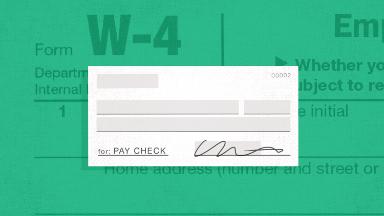2018 tax cuts by state
Where you live affects how much you save under the new tax law
The U.S. tax code overhaul will result in a tax cut for nearly two-thirds of U.S. households in 2018, according to the Tax Policy Center.
But the average tax cut will vary by state depending on economic and demographic characteristics, and whether residents pay high state and local taxes, which are now capped as a deduction on one’s federal return.
The map below indicates the average tax cut in each state as measured across all filers in that state – those getting a tax cut, those facing a tax increase and those who will see no change at all. Only a small minority of filers will owe more in federal taxes, ranging from a low of 2.8% of residents in West Virginia to a high of 10.2% in New Jersey.
While a tax cut may represent a notable drop in average tax burden, it doesn’t necessarily represent a big jump in one’s after-tax income, which is a better measure of how a tax cut changes someone’s economic situation. For example, Mississippi residents will see their average federal tax burden drop by $1,040, or 9.5% on average. But that only represents a jump of 1.8% in after-tax income.
Published April 2, 2018
More tax coverage
-

Is your paycheck being taxed enough? Try the new IRS calculator - Thinking of freelancing? Here's what the new tax law does for you
- Yes, you can still deduct your interest on home equity loan
- Why you probably won't have to pay the AMT again
- Who can take the new business tax deduction? Even tax experts aren't sure

